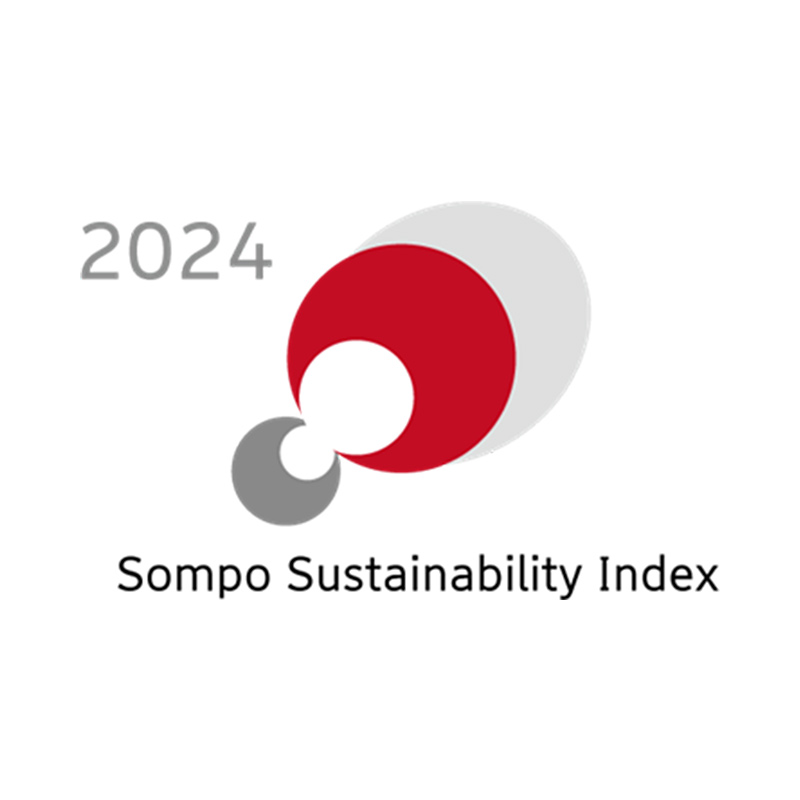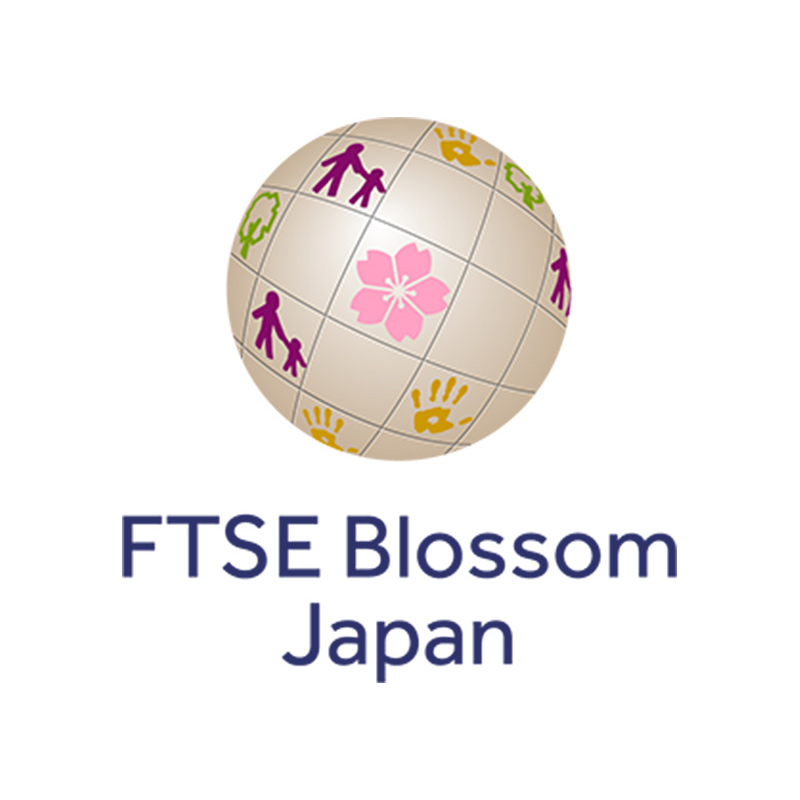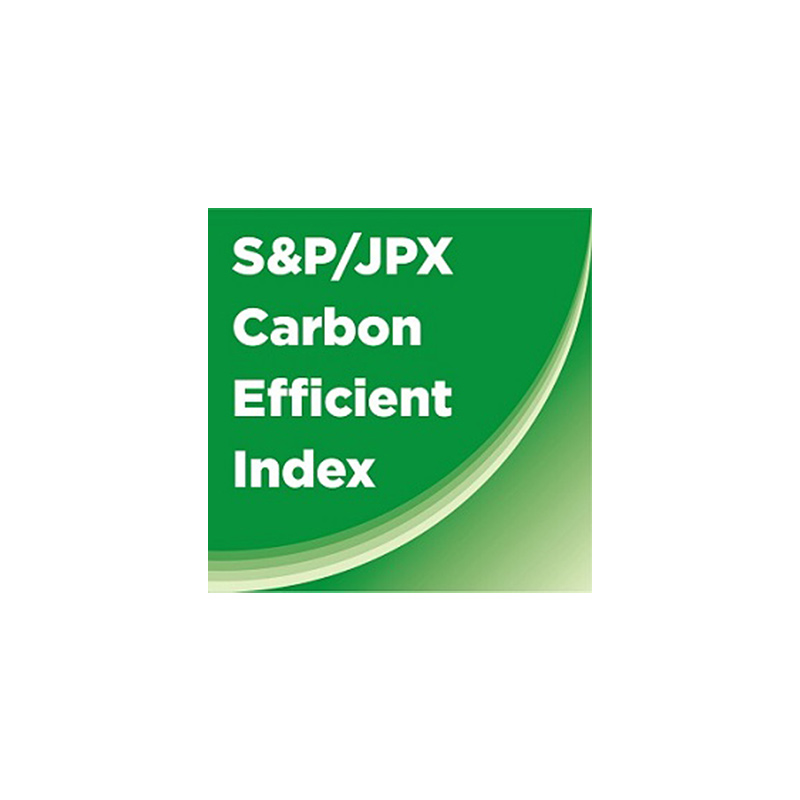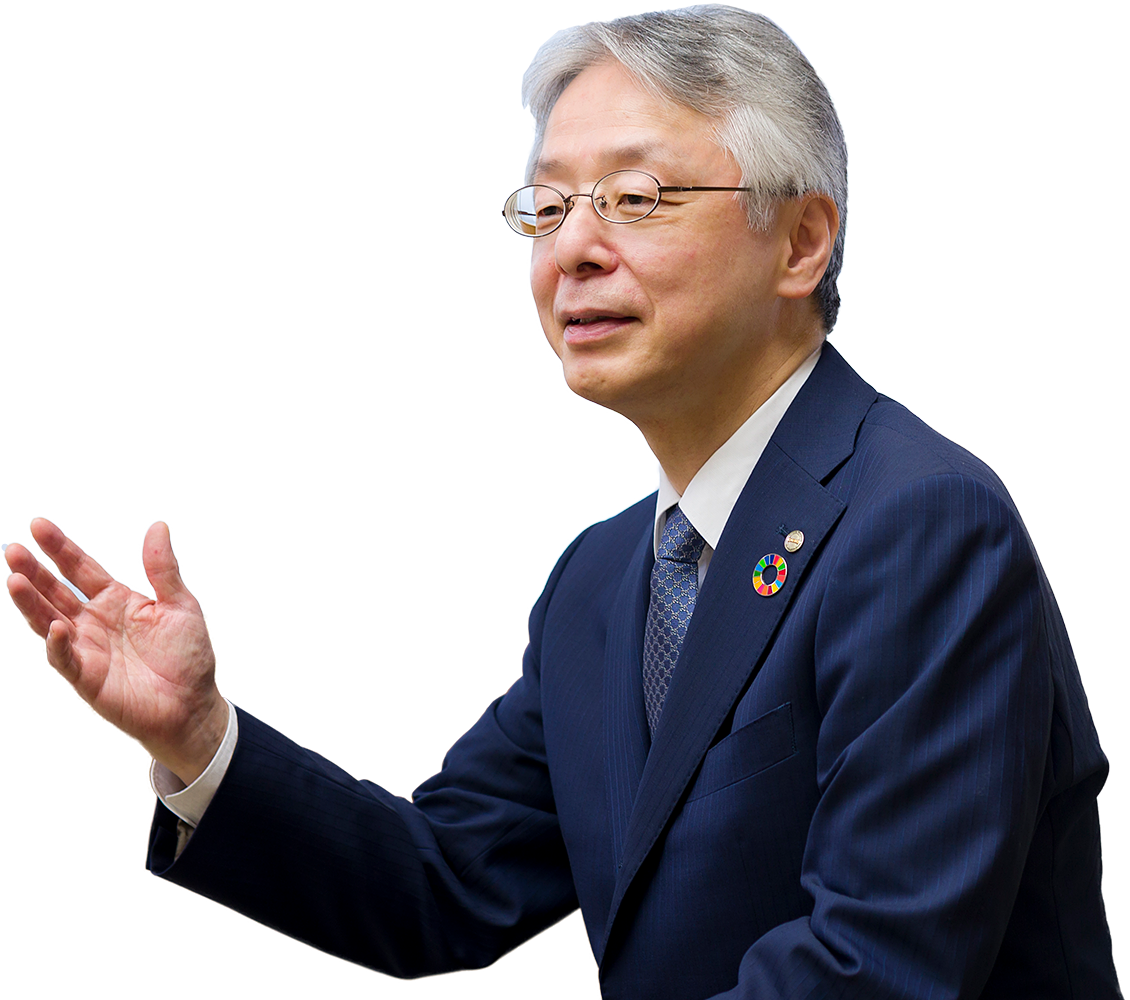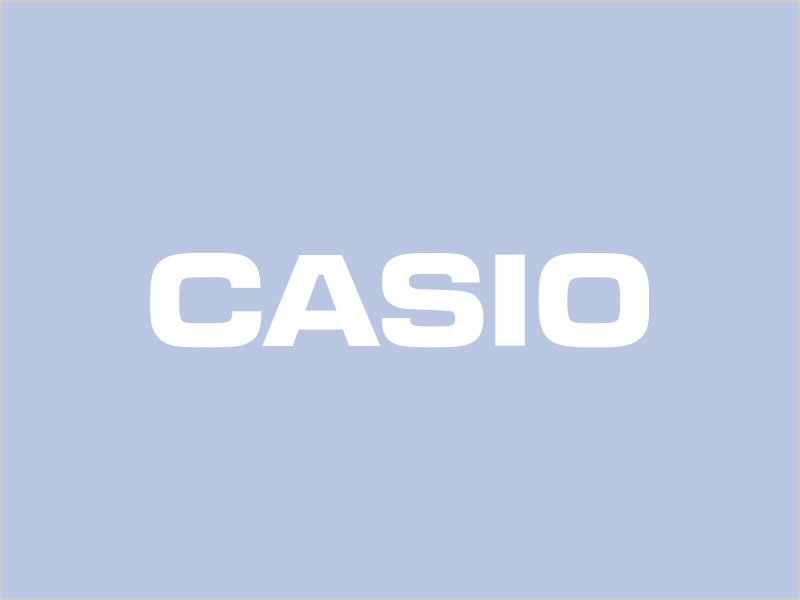
Sustainability News
Corporate Related
-
 April 18, 2025CorporateCasio to Support Earthquake Relief Efforts in Myanmar
April 18, 2025CorporateCasio to Support Earthquake Relief Efforts in Myanmar -
 August 2, 2023CorporateCasio Included in Leading Global ESG Investment Index for Eighth Consecutive Year
August 2, 2023CorporateCasio Included in Leading Global ESG Investment Index for Eighth Consecutive Year -
 February 17, 2023CorporateCasio to Support Earthquake Relief Efforts in Turkey and Syria
February 17, 2023CorporateCasio to Support Earthquake Relief Efforts in Turkey and Syria
Product Related
Sustainability Concept

Pursue Sustainable Growth for Both Company and Society
The Casio corporate creed, “Creativity and Contribution,” reflects our founders’ aspiration to give back to society by offering truly innovative products that never existed before.
Sustainability Management

Sustainability Implementation System
In fiscal 2021, Casio amended its existing CSR implementation system and established the Sustainability Committee. The Committee discusses important sustainability issues, including climate change, working closely with the Management Meeting.
Environmental, Social and Governance Initiatives
Sustainability Sitemap
Quality Assurance
Activities to Improve Customer Satisfaction
Intellectual Property Initiatives
Implementing CSR Procurement
Supply Chain Management
Providing Supportive Workplace Environments and Promoting Diversity
Making the Most of Human Resources and Maintaining Optimal Workplace Environments
Human Resource Development
Occupational Safety and Health
Respect for Human Rights
Considering Human Rights in Corporate Activities
Contributing to Society with Education Solutions
Social Contribution Activities
* Annual Update on February 3, 2025
External Evaluation

